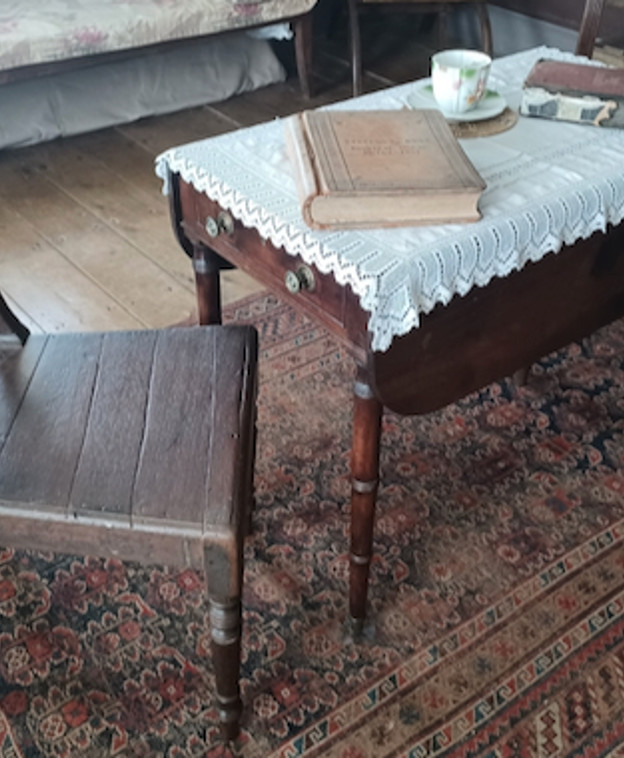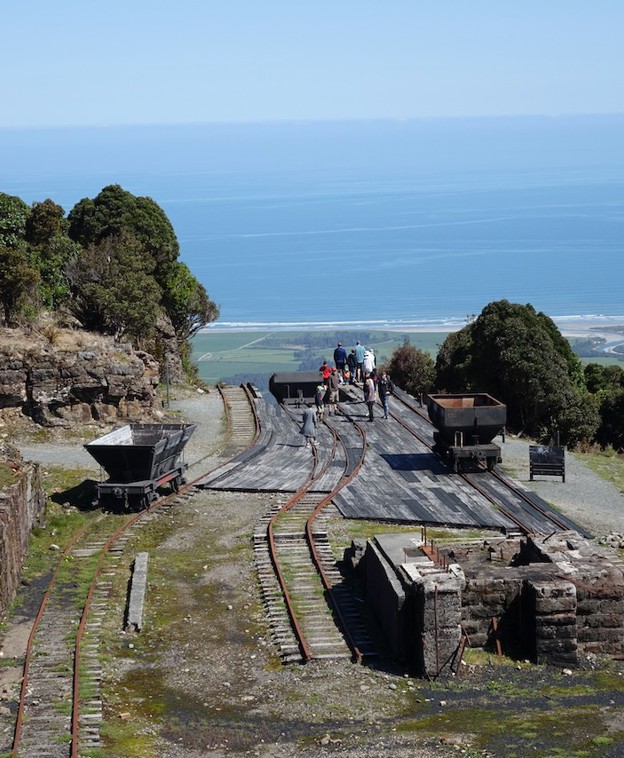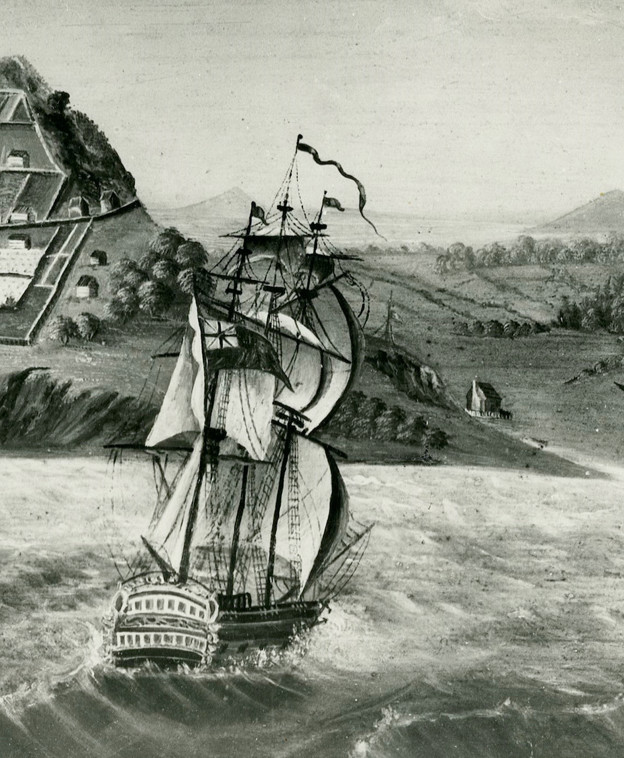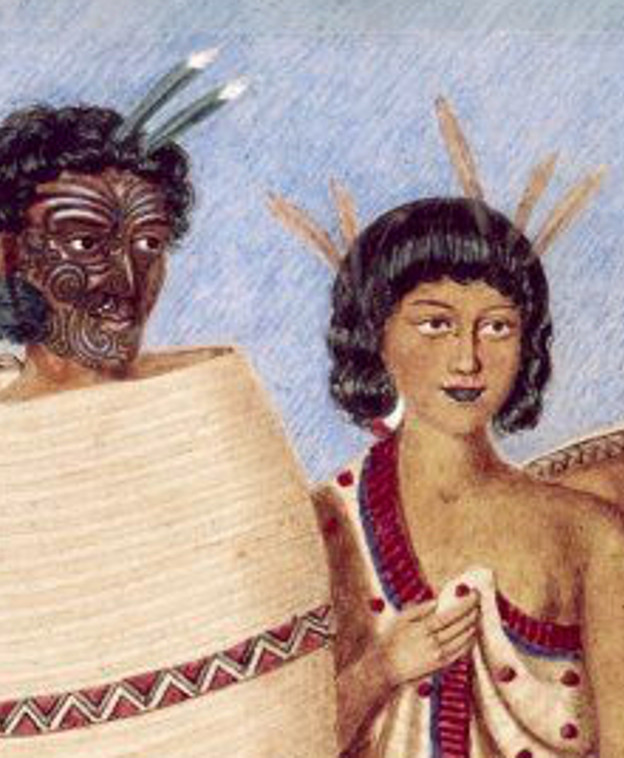140 years of Totara Estate
Today marks the 140th anniversary of the first shipment of frozen meat from Port Chalmers to London in 1882.
The initiative led to the growth of two multi-billion dollar industries that have created almost unimaginable wealth for this country over the past 14 decades. The animals came from Totara Estate, a grand farm of 15,000 acres located just south of Ōamaru.
The success of the first shipment of frozen export meat from Port Chalmers to London on February 15 1882 signalled a new era of economic prosperity for New Zealand.
The initiative was spearheaded by a small group of unique individuals whose grit, willingness to risk all, superb organisational skills and vision changed our world forever. The story of the three key people behind this enterprise represents a perfect blend of ingenuity, acumen and determination.
Faced with the global collapse in the price of wool in the early 1880s, Thomas Brydone and William Davidson – both prominent figures in the Edinburgh-based New Zealand Australian Land Company – saw a gap and went for it.
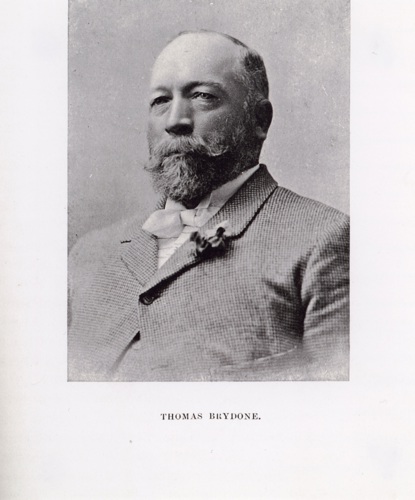
Brydone, the son of a Scottish shepherd, had emigrated to New Zealand after being spotted by James Morton, the manager and principal shareholder of the company. Brydone’s evident competence at managing estates in Scotland impressed Morton who offered him the role of superintendant of their New Zealand land holdings.
Brydone’s extensive agricultural experinece, hands-on management and command of logistics, together with rock-steady reliability would be crucial factors in the success of the first export meat shipment. These attributes combined with the vision, drive and financial acumen of fellow Scot William Davidson set in motion events that would change agriculture in New Zealand forever.
The roots of this extraordinary partnership lay in a chance encounter between two movers and shakers on a train travelling between Edinburgh and Glasgow in the early 1860s. The meeting was to have dynamic implications for New Zealand.
William’s father David Davidson – who served as Treasurer of the Bank of Scotland – shared a carriage with entrepreneur James Morton, the same man who would later employ Thomas Brydone. David told Morton that his son, William, was looking for overseas adventure – possibly in Argentina. Morton replied that William should try New Zealand and offered him a job there. History was made on that train trip.
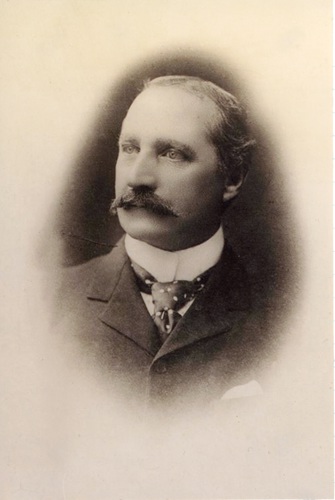
William Davidson at the age of 50 years.
New Zealand at the time was in the midst of a wool boom – and the various landholdings owned by the New Zealand Australian Land Company contributed to the wealth that was being generated off the sheep’s back. Wool prices were such that a sheep’s value was regarded solely for its fleece, however – in fact all around the country, sheep were shorn then killed and disposed off, often thrown off cliffs.
The economic boom didn’t last, though, with wool prices falling in the 1870s and 80s. This, combined with the need to profitably sell surplus sheep, made the New Zealand Australian Land Company increasingly vulnerable. News in 1880 of a successful shipment of frozen meat arriving in London from Australia, however, immediately captured Davidson’s attention.
Forty tonnes of frozen meat had arrived on board the SS Strathleven in perfect condition, and within days the ever-enquiring Davidson – who had been recalled to Edinburgh in 1879 – wrote to the shipping company seeking to learn more. Just over a week after the arrival of the shipment, Davidson reported back to the company directors about the potential this process could unlock. The directors promptly approved Davidson to work with refrigeration engineers Bell, Coleman and Co eventually installing one of their units on the Albion Shipping Line’s ship Dunedin.
In April 1881, Davidson wrote to New Zealand-based Thomas Brydone instructing him to build a killing shed at Totara Estate near Oamaru – a Tohu Whenua and historic icon now cared for by Heritage New Zealand Pouhere Taonga – and to employ some first-rate butchers. Davidson then sailed for New Zealand to personally oversee the company’s – and the country’s – first export meat shipment.
Brydone followed the instructions to the letter, and by the time Davidson arrived in New Zealand the entrerprise was proceeding well. Slaughtering began on 6 December 1881 and the next day Brydone and Davidson went to Port Chalmers to stow the first carcases on board ship.
Two months and about 5000 carcasses later the Dunedin set sail on her history-making voyage. At the helm was Captain John Whitson, a fellow Scot, and a Master Mariner truly worthy of the title.
Whitson was the third and final link in the chain that connected New Zealand agricultural production with the burgeoning British meat market that was crying out for protein. Whitson was to prove his salt.
Becalmed in the tropics, the Dunedin’s crew noticed that the cold air in the hold was not circulating, endangering the meat. To save his cargo Whitson, who had made it his business to study refrigeration prior to sailing, crawled inside and sawed extra air holes to improve the flow of cold air, keeping the temperature low. He almost froze to death in the process, though the crew managed to haul him out of the freezer and resuscitate him.
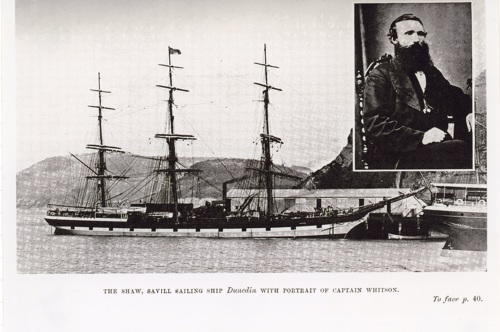
The Dunedin at Port Chalmers with Captain Whitson (inset).
When the Dunedin arrived in London in late May only one carcass had to be condemned – the rest had arrived in excellent condition. Whereas the first Australian shipment had gone by steamship, lack of a steamship service to New Zealand meant that our first meat shipment had to go by sailing ship – a longer and riskier voyage, making the achievement all the more extraordinary.
The Dunedin’s arrival changed New Zealand’s economy forever as the country became a supplier of sheep and dairy products to overseas markets.
As if to prove a point, Brydone – who had pioneered dairying for the company by establishing a dairy factory at Edendale – included a quantity of cheddar with the frozen meat. The cheese was priced at 10 shillings per hundredweight; our first dairy produce export.
When the Dunedin set sail from Port Chalmers on February 15 1882, it carried the hopes and aspirations of some big thinkers. It also carried the seeds of the modern export-based agriculture industry that would revolutionise New Zealand.
- article by John O'Hare of Heritage New Zealand Pouhere Taonga

